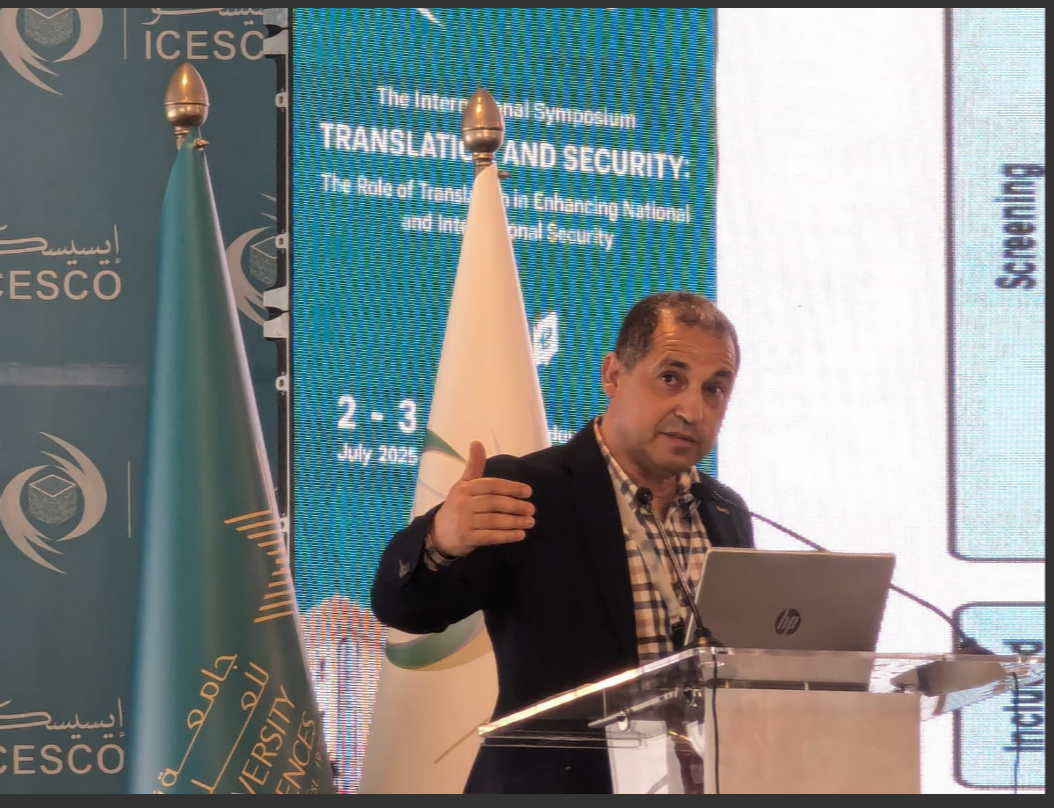I attended the translation graduate
student conference last week at the University of Ottawa and it was very
interesting. The theme was about networking in the context of literary
translation. Various intriguing proposals were delivered. In this paper, I
will synthesise in brief the topics I interacted with in the conference, which
I personally feel close to. Various other topics were also good in their own right.
My inclination went for the practical or semi-practical presentations. I
quite liked those addressed social, technology issues or hinted to some
pedagogical dimensions (which is the area I focus on in my PhD).
I travelled from Quebec on Friday morning
and was on campus around 1pm, so I missed few discussions. Pitty !!. So, I will cover
only some selected topic from the sessions I attended.
First, I start with the great presentation
of Mme Charbonneau of the ATIO. She tackled many sound points in
relation to translation and interpreting practices in Canada. I was pleased
that she firmly explained to me a point I have been inquiring about : the
kind of rapport and collaboration between academia (translation programs) and
the organisation. I mean to what extent ATIO participate actively in
curriculum design and development as well as in the vetting process of any
translation or interpreting degree or certificate in the Ontario region . To my
surprise, she replied that the association is hardly involved in that process( or perhaps, not enough). This gave me an idea bout the on-going curricular practices and approaches at the decision- making level.
Then, Sandra Najar from Kent university in the USA went right to the
heart of the conference's theme 'Networking phenomena in relation to
litterature' Bingo!!. She presented a very innovative initiative when referring
to the social networking theory to back up her proposal. This area is new. It
suits the field of human sciences and social sciences despite its close
relation to the field of information technology. In her presentation, she
signaled a gap she wants to work on eventually : how to implement that framework (social
networking) in the context of teaching literary translation. I suggested to her
to check the works of Siemens(2005), a Professor at Athabasca university (Canada). He is known for proposing connectivism
( as the new learning theory) and how it could be applied to a student learning curve (e.g translation and interpreting trainees). For the author, the brain is not the only source of knwoledge. Knowledge can also be found in nodes and other resources (online, in the clouds, in communities of practice or of learners)..etc). In our opinion this could be a sound move, but still careful instructional design
process and relevant pedagogics need to be mobilized as well to ensure the
success of the learning experience. Also, she could check the works of Wenger
(1984)on communities of learners, and how to develop them in a learning and teaching context. This latter element could be useful for translator training (
collaborative work, Croudsourcing, Cloudsourcing, Fan-subbing activities...etc).
On crowdsourcing, Gulnara presented
a great topic. Prof.Elizabeth Marshman had also showed interest in the topic. Of
course, it is a new practice. It challenges the traditional definitions of what
is professional translation.We cannot say it is an amateurish practice since many experienced practitioners voluntarily participate in crowdsourcing
too. My interest in the topic, again, was its pedagogical and training
dimensions. Can we bring this new 'content' into a university-based classroom
(in its f2f or hybrid or virtual formats) of translation.Crowdsourcing, in my opinion, due to
its voluntary (sometimes reactionary) aspect, will remain a recognized practice
outside academia and if we have professionally oriented programs geraed to train students on competences that could lead them to get jobs in their area or closely related to it,
crowdsourcing will remain an activity that students may learn on their own like
they do when they navigate in other social media sites to connet .
However, what we would like to see
integrated in the curriculum is the Freelancing phenomenon whereby
students can be both receivers of translation assignments and at the same time
outsourcers, later on project managers. So, we see that there is a
professional as well as an educational dimension (gradual progression
of competencies) to that practice. In Canada , this content is in some
universities presented as AN ELECTIVE( under the name of réalitées professionnelles), which is
surprising.Well! universities have traditions as well. May be in 5 or 10 years time
or so, this content will be a core and obligatory course of 3 credits. In
Spain, Cravo (2011) introduced it into a Masters program at the Universidad
autonoma de Barcelona as a core activity for future professional translators. Great move!
In 2012, I delivered and facilitated an
online course on virtual professional translation practice on PROZ.com platform
in Arabic and English. I had about 20
students online from all the over the world : US, Australia, Europe, Middlle
east,...etc. I used case studies and online interface software to demonstrate how and where to navigate on the platform to manage portfolios and bid for translation assignments online. In 2013, and as part of my PhD preparation for the field work I
went to work as a lecturer in translation and 'community interpreting'
(Arabic-English) in Oman. The Omani students were intrigued by the idea of
freelancing and working from home. So, it is a practice in demand.
Well, here is the three presentations I
feel I can discuss. All the other presentation were great as well. As you know,
we all have inclinations to an area of knowledge and practice,
Last , please feel free to react to this e-mail and if you can do the same reflections, please do so in this Blog or send your reflexions on a distributed mailing list.
Fouad
Fouad


No comments:
Post a Comment